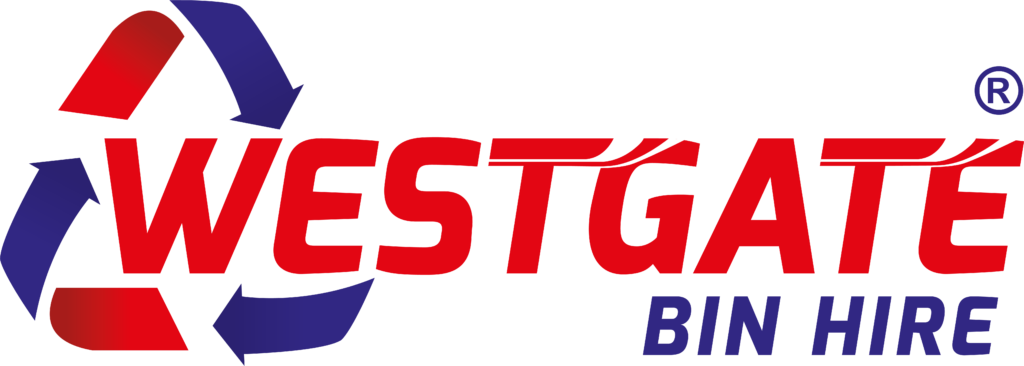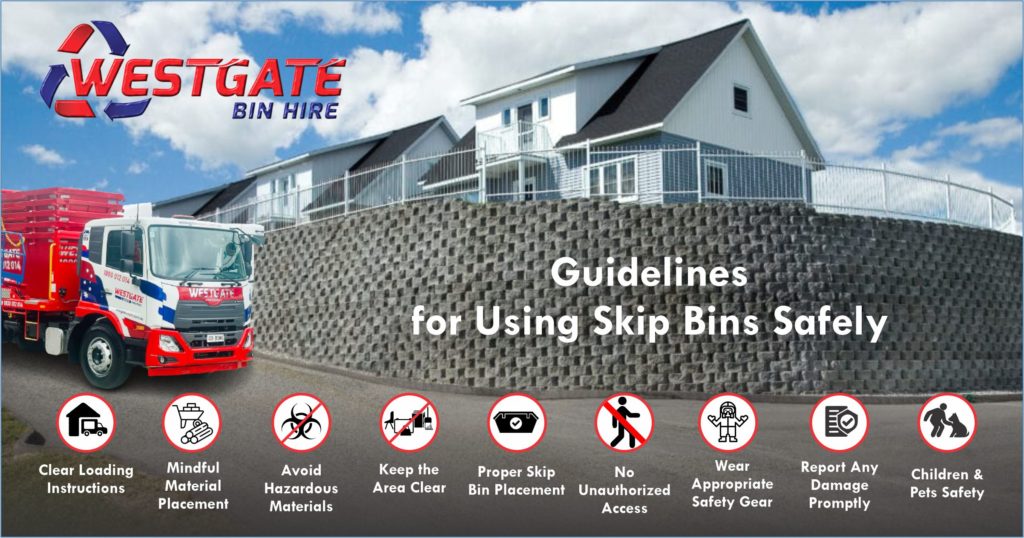Using skip bins for waste disposal is convenient, but safety should always come first. Explore these simple guidelines to ensure you’re using skip bins safely and responsibly.
Clear Loading Instructions
Before filling the skip bin, familiarize yourself with its weight and loading capacity. Overloading can pose safety risks, so follow the clear loading guidelines provided.
Mindful Material Placement
When loading the skip bin, place heavier items at the bottom and lighter materials on top. This helps maintain stability during transport and prevents potential hazards.
Avoid Hazardous Materials
Skip bins are not suitable for hazardous waste such as chemicals, asbestos, or batteries. Dispose of these materials following proper guidelines to protect both yourself and the environment.
Keep the Area Clear
Ensure the area around the skip bin is clear of obstacles and hazards. This includes keeping the access path clear for safe delivery and collection.
Proper Skip Bin Placement
When placing the skip bin, ensure it is on stable ground. Avoid soft or uneven surfaces that may cause the bin to tilt. A stable foundation promotes safe use.
No Unauthorized Access
Restrict access to the skip bin to authorized personnel only. This prevents accidents and ensures that only appropriate materials are disposed of in the skip.
Wear Appropriate Safety Gear
When loading or unloading the skip bin, wear suitable personal protective equipment (PPE) such as gloves and sturdy footwear to protect yourself from potential injuries.
Report Any Damage Promptly
If you notice any damage to the skip bin, report it promptly to the service provider. Using a damaged skip bin can compromise safety and lead to accidents.
Children and Pets Safety
Keep children and pets away from the skip bin area. The skip bin can contain potentially harmful materials, so it’s crucial to ensure a safe distance. By prioritizing safety when using skip bins, you can contribute to a safer working environment and ensure responsible skip bin use.


